'Skinningrove' is the last publication Chris Killip worked on – and it features some of his finest photography
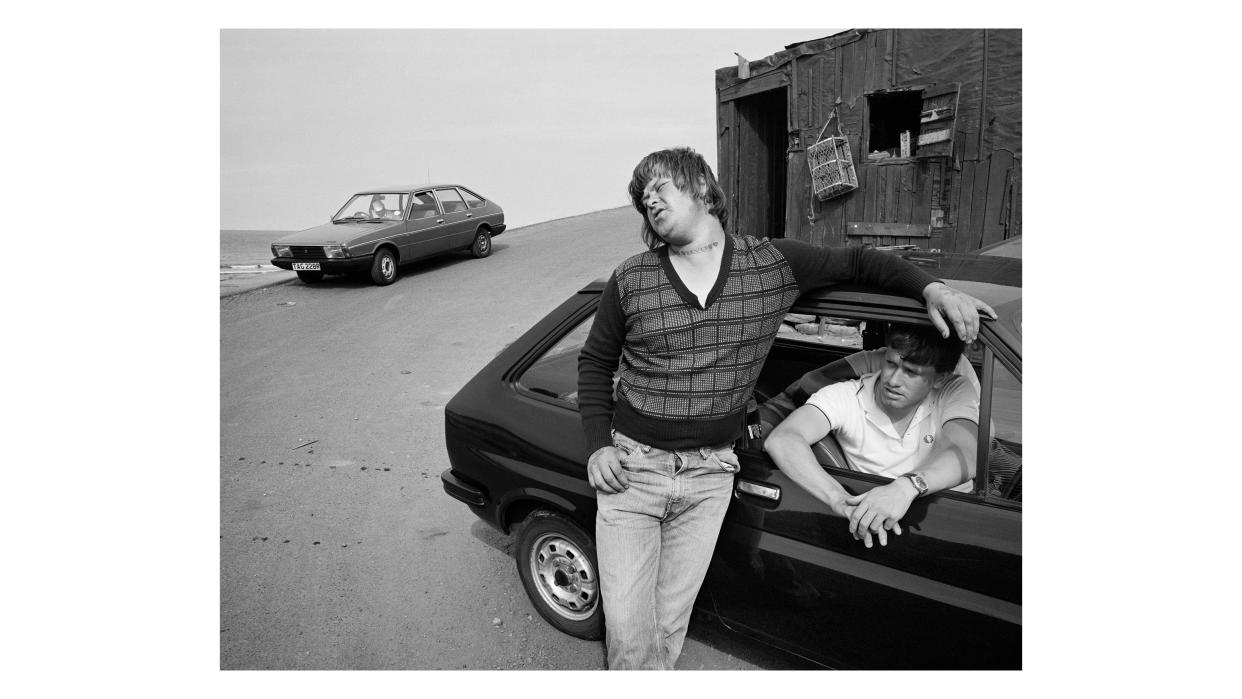
- Oops!Something went wrong.Please try again later.
Chris Killip was one of the greatest photographers to have picked up a camera. His ability to embed himself and capture various communities from within, with a sense of grace and dignity, inspired generations of photographers, myself included. His new book highlights this even further.
Skinningrove is a body of work created in the Eighties featuring some of Killip's most intimate and adored images, alongside previously unseen work. Before passing in 2020, he worked with prominent publisher Stanley/Barker to consolidate it into this exceptional new book.
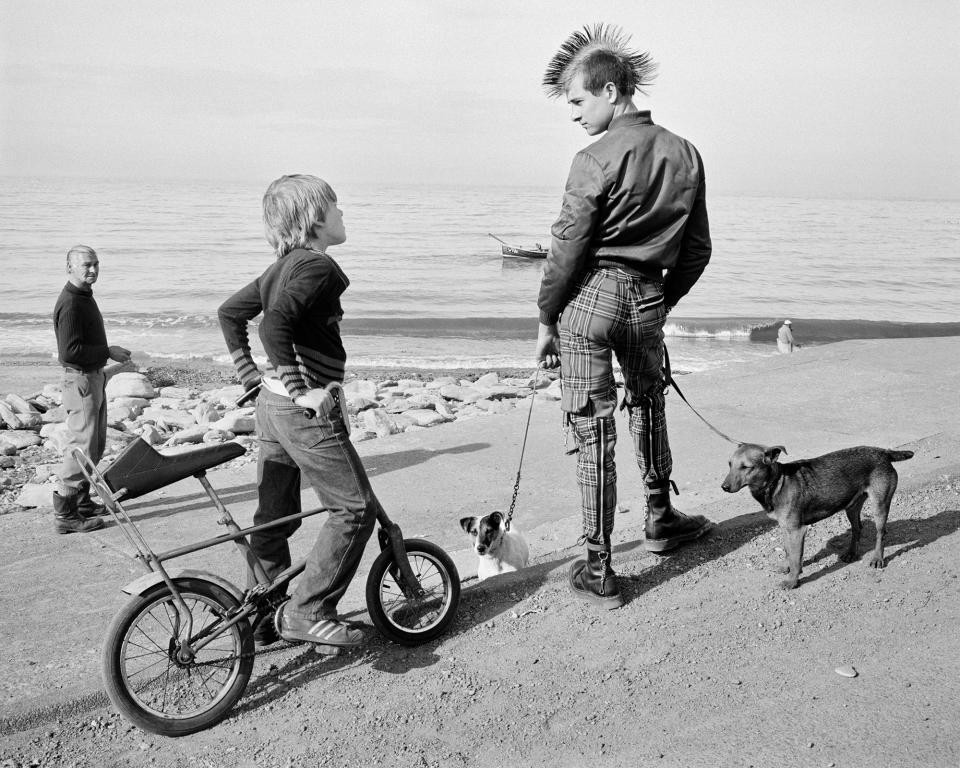
Killip is one of Britain's most recognized documentary photographers. Starting as a commercial shooter he turned to creating important personal projects in the Sixties, photographing his home in the Isle of Man and the working class in the North East of England, producing the books Inflagrante and Isle of Man, which are considered landmark works of documentary photography.
It is in the North East of England that Skinningrove was created, named after a village hidden in a steep valley neighboring the North Sea between Middlesborough and Whitby.
The images that Killip made there could be considered among his most intimate and touching. His skill of immersing himself within a community gained him access to photograph the people as if he were one of their own – and in a way, he was. When documenting a location and its people, Killip would live among his subjects, getting to know them and their way of life, enabling him to capture them as an invisible observer.
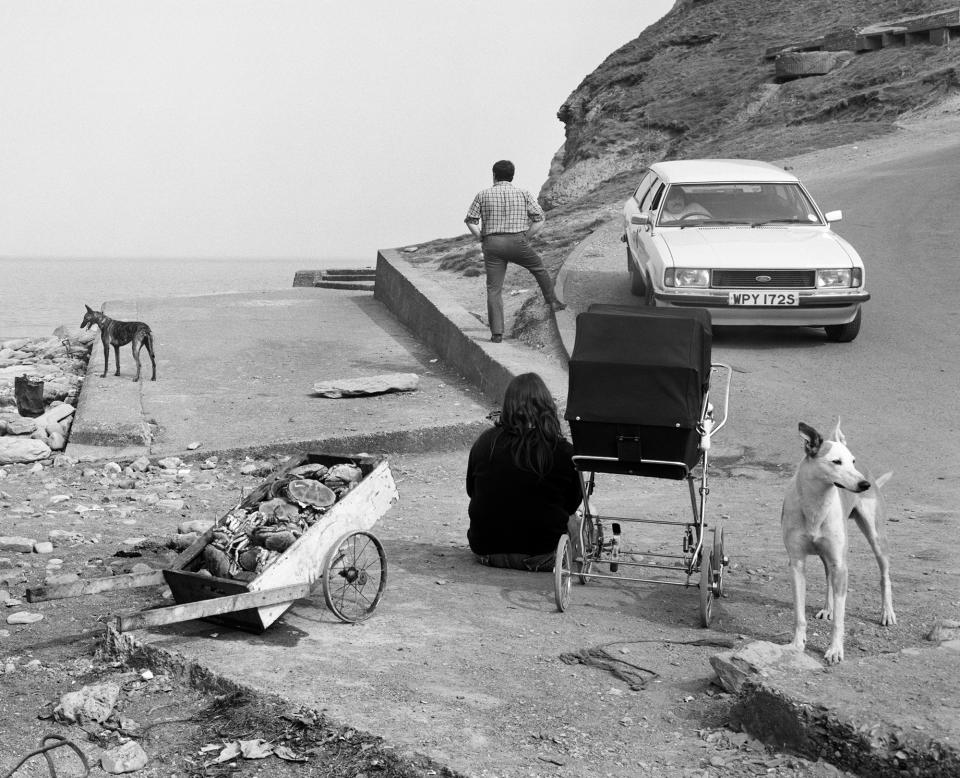
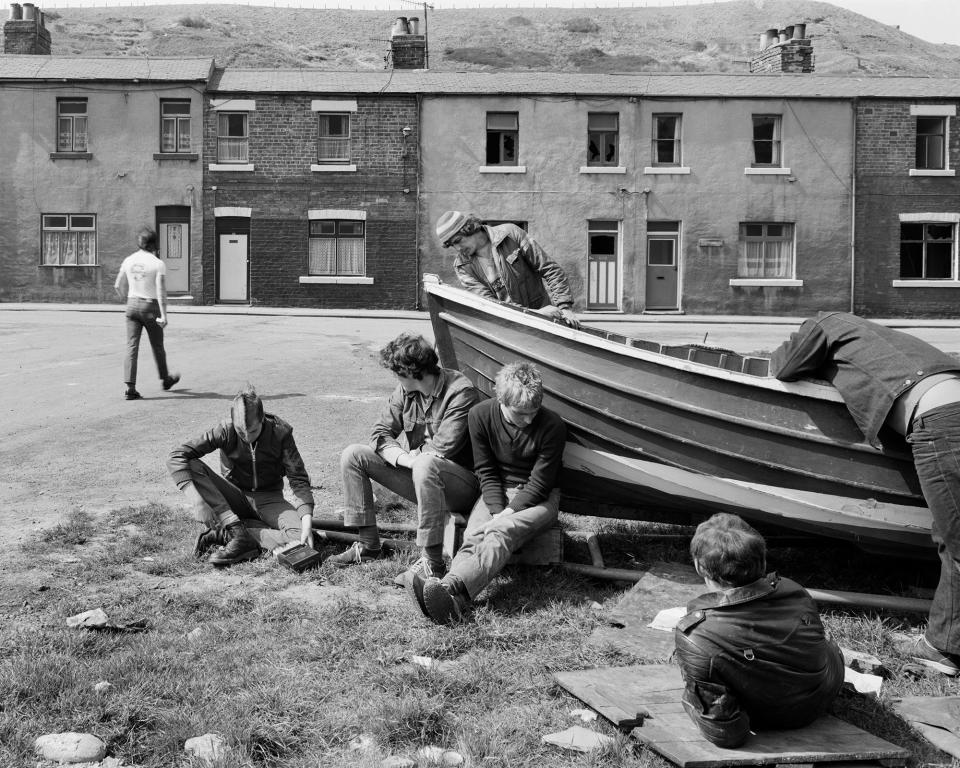
The work featured in Skinningrove was taken between 1982 and 1984, many images having previously featured in Inflagrante Two and Sea Coal, and are considered among Killips' best-known photographs. They are evidence of his mastery of composition and ability to capture an intimate scene in the unlikeliest places.
Throughout his career, Killip has always provided great insight into his experiences with creating the work, and Skinningrove was no different.
"Like a lot of tight-knit fishing communities, it could be hostile to strangers, especially one with a camera," he said of his experience.
"'Now then' is the standard greeting in Skinningrove; a challenging substitute for the more usual, 'Hello.' The place had a definite edge, and it took time for this stranger to be tolerated. My greatest ally in gaining acceptance was Leso (Leslie Holliday), the most outgoing of the younger fishermen. Leso and I never talked about what I was doing there, but when someone questioned my presence, he would intercede and vouch for me with, 'He's okay.' This simple endorsement was enough.
"I last photographed in Skinningrove in 1984, and didn’t return for 30 years. When I did I was shocked by how it had changed, as only one boat was still fishing. For me, Skinningrove’s sense of purpose was bound up in its collective obsession with the sea. Skinningrove fishermen believed that the sea in front of them was their private territory, theirs alone. Without the competitive energy that came from fishing, the place seemed like a pale reflection of its former self."
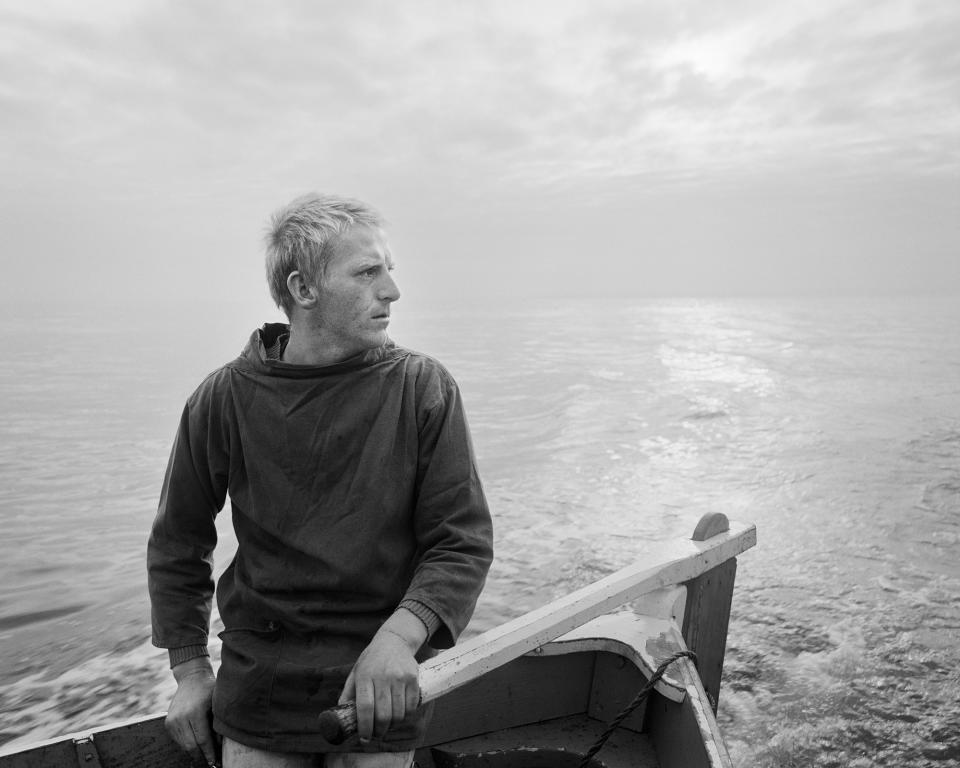
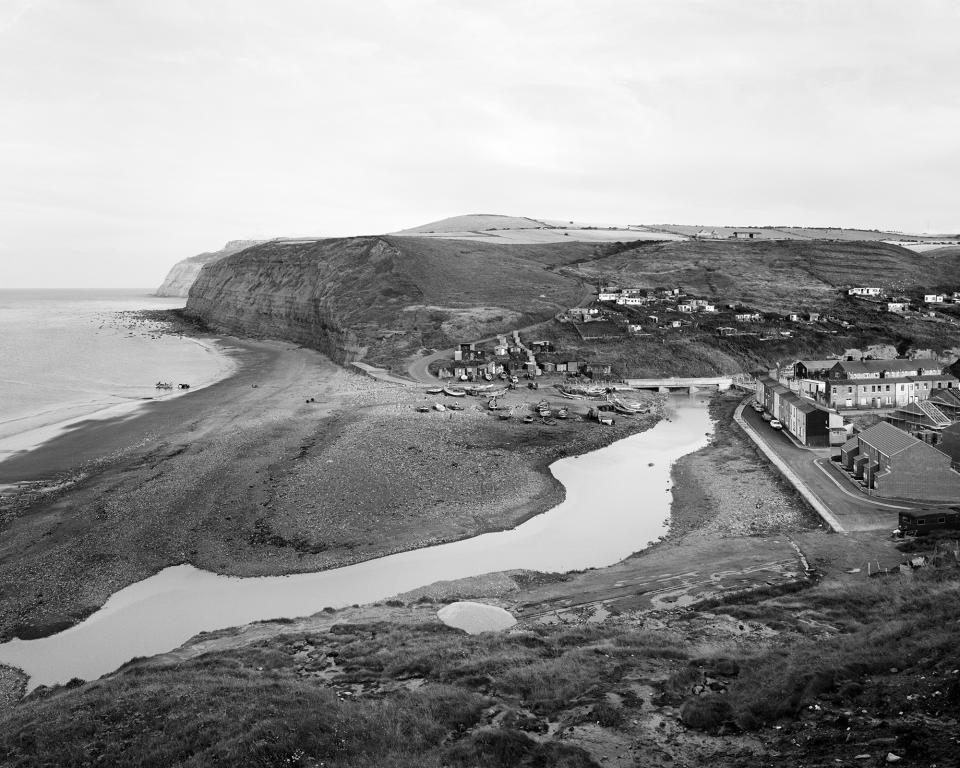
Published by Stanley/Barker and available now for $60 / £50 (Australian pricing to be confirmed).
Killip is one of my favorite photographers and has inspired me throughout my entire career. Skinningrove will no doubt join his other works as a landmark photography publication and is among my top picks for the best photography book of the year so far.
If like me you are mad about photography books, see our guides to the best coffee table books on photography and the best street photography books.

